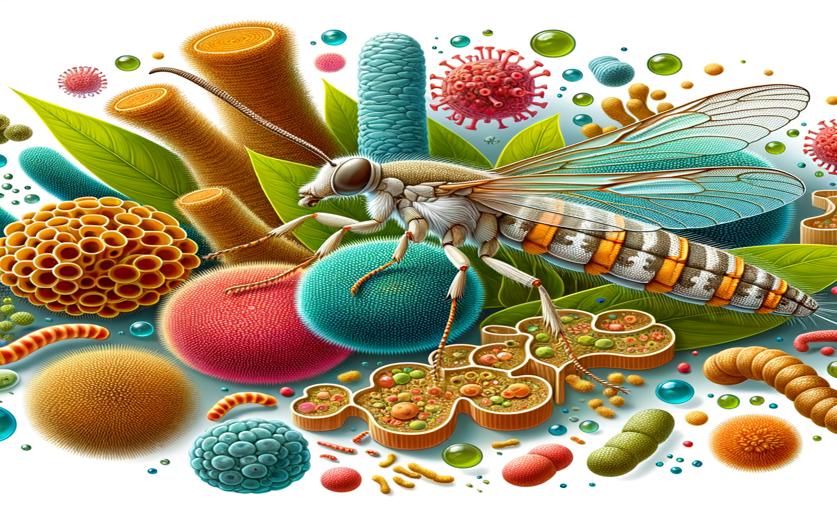
Combined Impact of Beneficial Fungi and Bacteria on Western Flower Thrips
Greg Howard
9th August, 2024

Image Source: Natural Science News, 2024
Key Findings
- Researchers from Bilecik Seyh Edebali University studied the effectiveness of entomopathogenic microorganisms against western flower thrips (WFT) in Turkey
- Certain combinations of these microorganisms were more effective at killing WFT than individual isolates
- Using combined entomopathogenic microorganisms can improve pest control and reduce the likelihood of resistance development
AgricultureBiotechPlant Science
References
Main Study
1) Synergistic effect of Metarhizium flavoviride and Serratia marcescens on western flower thrips, Frankliniella occidentalis Pergande (Thysanoptera: Thripidae)
Published 8th August, 2024
https://doi.org/10.1186/s41938-024-00815-2
Related Studies
2) Mosquito larvicidal activity of Escherichia coli with combinations of genes from Bacillus thuringiensis subsp. israelensis.
Journal: Journal of bacteriology, Issue: Vol 177, Issue 10, May 1995
3) Associated bacteria of a pine sawyer beetle confer resistance to entomopathogenic fungi via fungal growth inhibition.
4) Isolation and identification of bacteria from the invasive pest Tuta absoluta (Meyrick) (Lepidoptera: Gelechiidae) and evaluation of their biocontrol potential.



 24th July, 2024 | Greg Howard
24th July, 2024 | Greg Howard